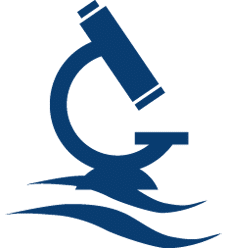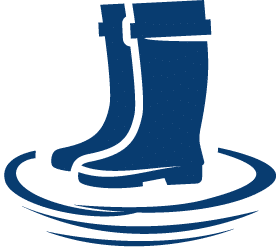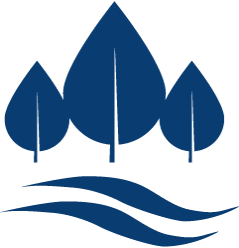Since 1967, Stroud Water Research Center has focused on one thing — fresh water.
We advance knowledge and stewardship of freshwater systems through global research, education, and watershed restoration.
What We Do
Support Our Work
Latest News
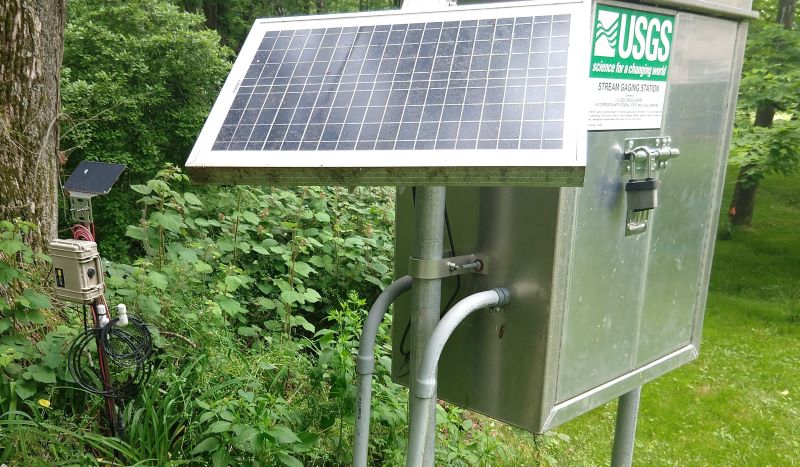
Is EnviroDIY Water Quality Data as Good as USGS?
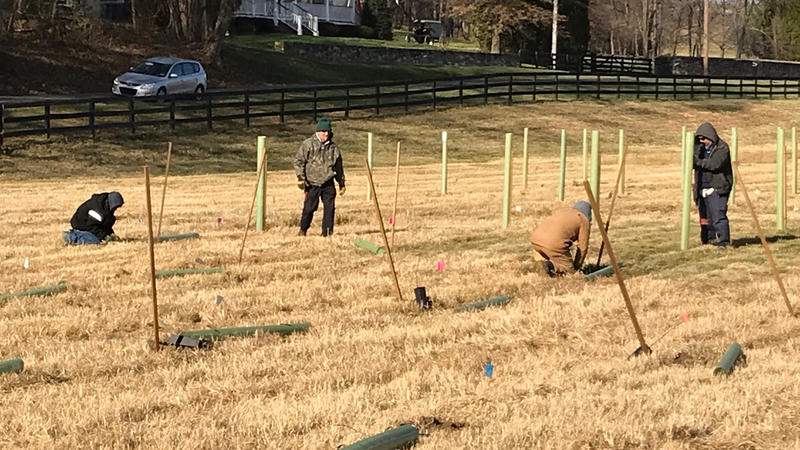
Cutting Waste in the Reforestation of Riparian Zones
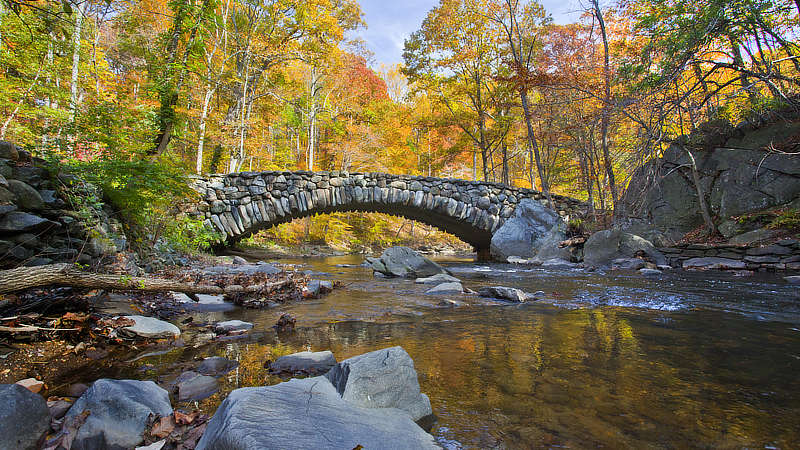
Conserving National Park Streams
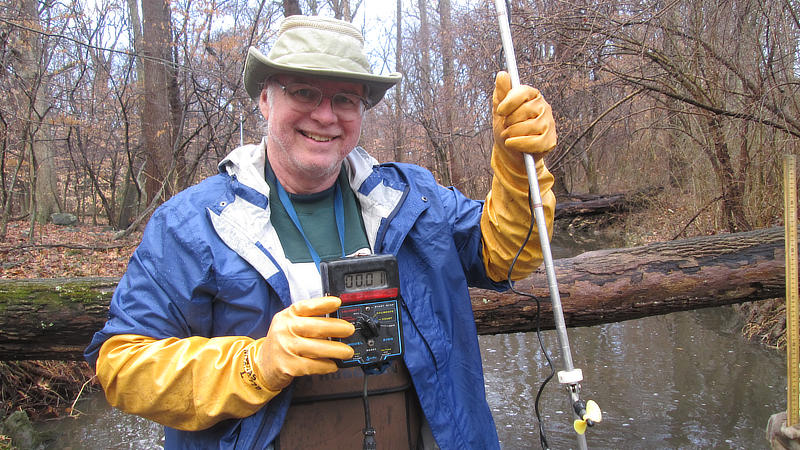
Stroud Center Is a Trusted Partner for Community Scientists
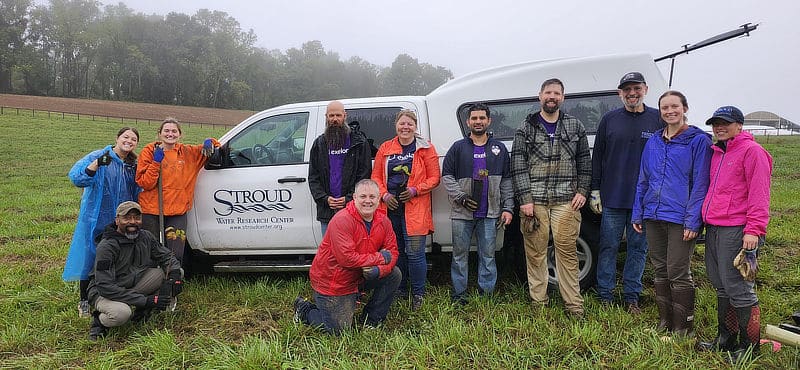
Enhancing Ecosystems Through Community Efforts
Featured Initiatives and Partnerships
WikiWatershed® web tools offer watershed data visualization, geospatial analysis capabilities, and science-based predictions of human impacts on stormwater runoff and water quality.
The Water Quality mobile app is a water-monitoring data-collection and learning tool designed for use by educators and their students, citizen scientists, and researchers.
EnviroDIY™ is a community where members ask and answer questions and network within interest groups to develop do-it-yourself environmental science and monitoring devices.
The Society for Freshwater Science Taxonomic Certification Program ensures skilled persons are providing aquatic invertebrate identifications in North America.
The Leaf Pack Network® is an international network of teachers, students, and citizen monitors using a simple experiment to determine the health of their local streams.
The Consortium for Scientific Assistance to Watersheds provides free technical assistance to Pennsylvania-based watershed and conservation organizations.
Upcoming Events
Winter Salt Week
January 27 – January 31Deadline to Register for Taxonomic Certification Exams at the SFS Annual Meeting
February 15Wild & Scenic Film Festival
March 20, 6:00 PM – 9:00 PM EDTCelebrate World Water Day // Celebramos el Día Mundial del Agua
March 22, 10:00 AM – 1:00 PM EDTWillowdale Steeplechase
May 10, 10:00 AM – 5:30 PM EDT

